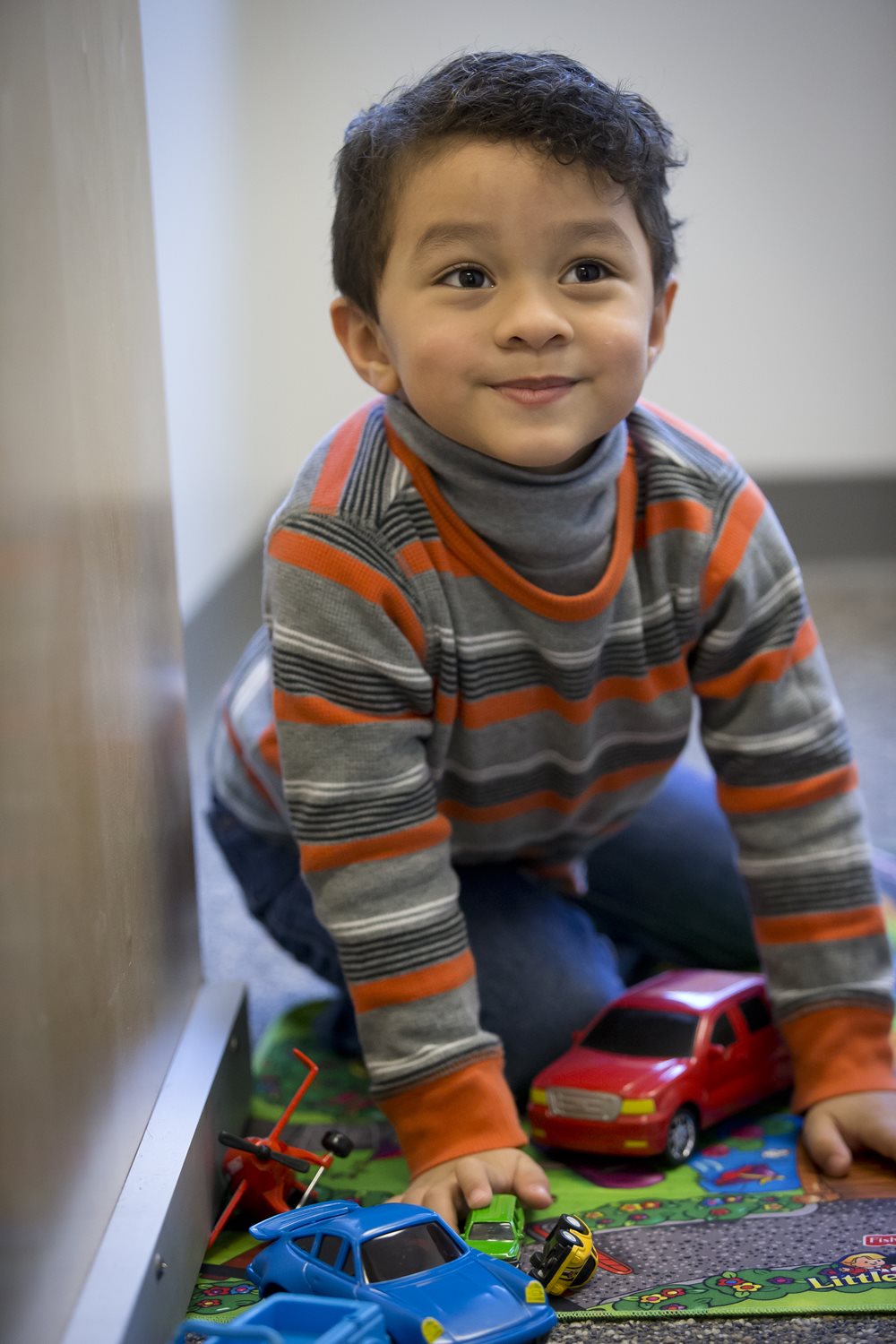Toy Safety and Eye Injuries
It’s all fun and games until someone loses an eye. According to Prevent Blindness America, children sustain approximately 11,000 toy-related eye injuries each year ranging from mild corneal abrasions to more serious issues such as traumatic cataracts, corneal ulcers, and even retinal tears or detachments.
Playing with toys is a very important part of child development. The key to ensuring the best eye safety with toys is to learn what is age-appropriate as labeled by the toymaker. An age appropriate toy for a seven year old is not safe for a toddler.
 The toys below should be avoided completely or only permitted with close parental supervision for children of the appropriate age.
The toys below should be avoided completely or only permitted with close parental supervision for children of the appropriate age.
- Guns are the worst offenders of eye safety. BB guns, paintball and pellet guns as well as missile firing toys are on the top of the danger list, and are actually considered firearms in some states.
- Toy weapons in general, are an invitation to eye injury. Watch out specifically for projectile toys with parts that shoot out or fly off as they can be extremely dangerous. Toys with sharp points, including darts and bows and arrows are all hazards to children’s eyes.
- Children should never use or come in contact with fireworks. They are massive accidents waiting to happen.
- Laser pointers can cause retinal damage in certain situations and should be used with extreme caution.
If you give a gift of sports equipment, make sure your child takes the time to put on protective eyewear or safety goggles. Protective eyewear is made of polycarbonate, a highly impact-resistant material. Polycarbonate lenses are available in both prescription and nonprescription lenses.
If you are buying toys for grandchildren or the children of other relatives or friends, ask for suggestions from the child’s parents. Discuss any toys you are thinking about purchasing before doing so, to make sure the child’s parents are okay with the type of toy you are considering.
Keep toys that are made for older children away from younger children.
If your child happens to injure his eye with a toy, contact your optometrist or other medical doctor to examine the eye as soon as possible. The Eye Institute offers emergency ocular care services in addition to pediatric specialists.